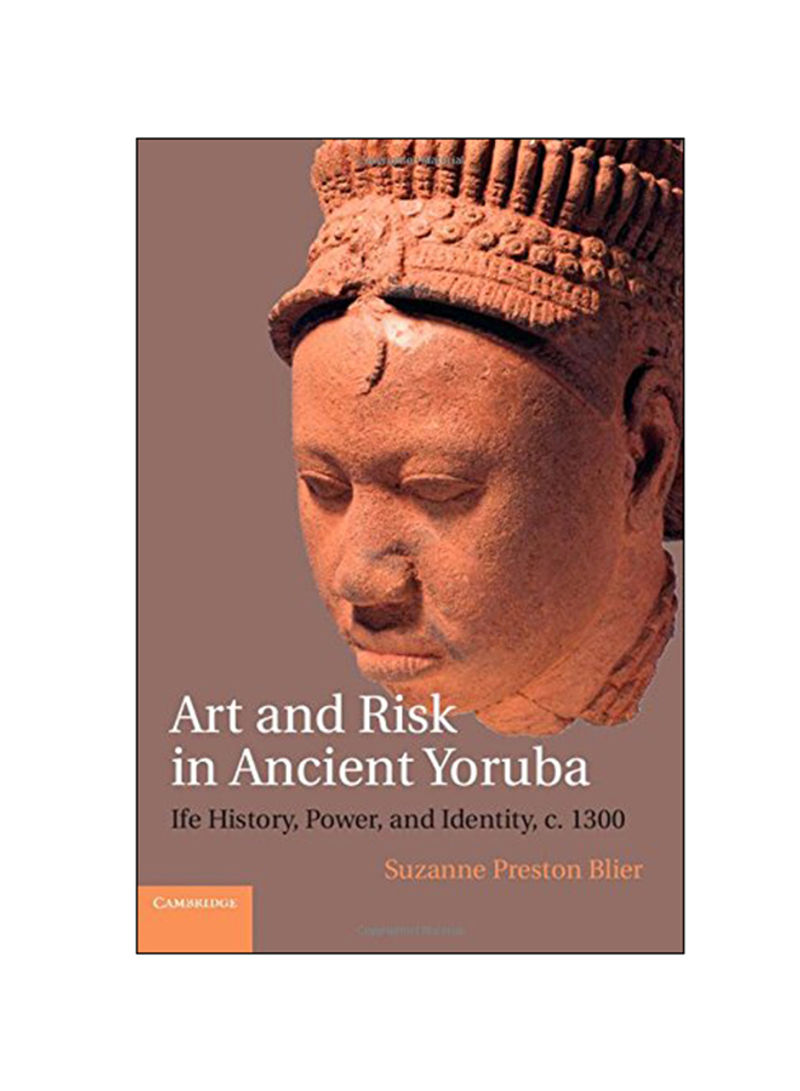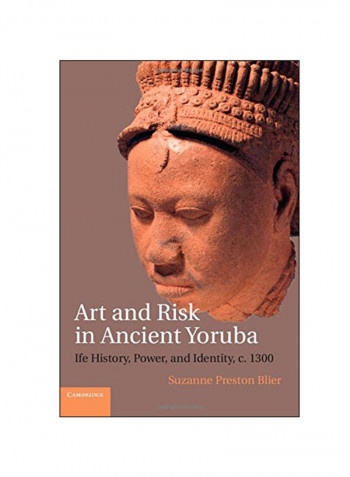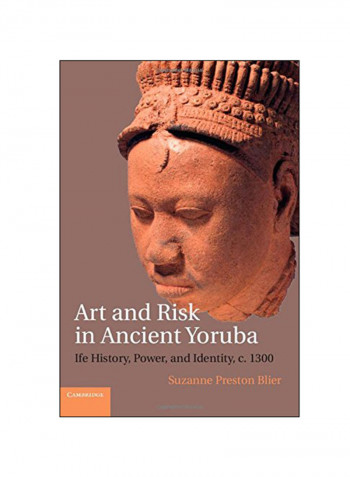Art And Risk In Ancient Yoruba: Ife History, Power, And Identity, c. 1300 Hardcover
Recommend
Sort by
Rating
Date
Specifications
Author 1
Suzanne Preston Blier
Book Description
In this book, Suzanne Preston Blier examines the intersection of art, risk and creativity in early African arts from the Yoruba center of Ife and the striking ways that ancient Ife artworks inform society, politics, history and religion. Yoruba art offers a unique lens into one of Africa's most important and least understood early civilizations, one whose historic arts have long been of interest to local residents and Westerners alike because of their tour-de-force visual power and technical complexity. Among the complementary subjects explored are questions of art making, art viewing and aesthetics in the famed ancient Nigerian city-state, as well as the attendant risks and danger assumed by artists, patrons and viewers alike in certain forms of subject matter and modes of portrayal, including unique genres of body marking, portraiture, animal symbolism and regalia. This volume celebrates art, history and the shared passion and skill with which the remarkable artists of early Ife sought to define their past for generations of viewers.
ISBN-10
1107021669
ISBN-13
9781107021662
Language
English
Publisher
Cambridge University Press
Publication Date
30 Apr 2015
Number of Pages
595
About the Author
Suzanne Preston Blier is Allen Whitehill Clowes Professor of Fine Arts and Professor of African and African American Studies at Harvard University, Massachusetts. Her first book, The Anatomy of Architecture: Ontology and Metaphor in Batammaliba Architectural Expression (Cambridge, 1987) won the Arnold Rubin prize. Her second book, African Vodun: Art, Psychology, and Power (1995), won the Charles Rufus Morey Prize. Other books include African Royal Art: The Majesty of Form (1998), Butabu: Adobe Architecture in West Africa (2003) and Art of the Senses: Masterpieces from the William and Bertha Teel Collection (2004). She was a member of the College de France International Scientific and Strategic Committee (2011-13) and is on the board of the College Art Association. Her past fellowships include CASVA (Paul Mellon Senior Fellow, the National Gallery of Art), John Simon Guggenheim, the Radcliffe Institute, National Endowment for the Humanities (NEH), the Institute for Advanced Study (Princeton), Fulbright Senior Research, Social Science Research Council, American Council of Learned Societies (ACLS) and the Getty Center for the Study of Art.
Editorial Review
First encountered by foreign observers a century ago, the arts of ancient Ife have since astonished and baffled scholars and connoisseurs alike. Blier's research, Shakespearean in scope, at last connects these sublime sculptures to a tumultuous past and a vital present.' Donald J. Cosentino, University of California, Los Angeles 'Blier deploys an understated rhetoric in this well-researched, historically grounded, thought-provoking analysis of Ife art, reverberating far beyond the field of African art history. ... her fresh arguments are ... precisely what had to be achieved by new critical scholarship on such a well-established corpus.' Ikem Stanley Okoye, University of Delaware 'As much a history of ancient Yoruba art as an investigation into the ways in which the creation, exhibition, and preservation of art are seriously risky ventures, Suzanne Preston Blier's magisterial new book brings medieval African art alive and reminds us that art and its meanings have been and will remain a subject of heated contention. This is the definitive analysis of the arts and civilization in the long and splendid history of the Yoruba culture.' Henry Louis Gates, Jr, Harvard University, Massachusetts 'In the beginning of each of the chapters that are grouped under two parts, Blier's deep understanding of the subject, particularly as displayed in some of the Yoruba proverbs as well as similitudes from revered western artists and thinkers, is not in doubt.' Tajudeen Sowole, Nigerian Guardian '... a text that will quickly become the foundational work on Ife art and a model for art history as a multidisciplinary enterprise.' Eric Gable, African Studies Review "First encountered by foreign observers a century ago, the arts of ancient Ife have since astonished and baffled scholars and connoisseurs alike. Blier's research, Shakespearean in scope, at last connects these sublime sculptures to a tumultuous past and a vital present."



